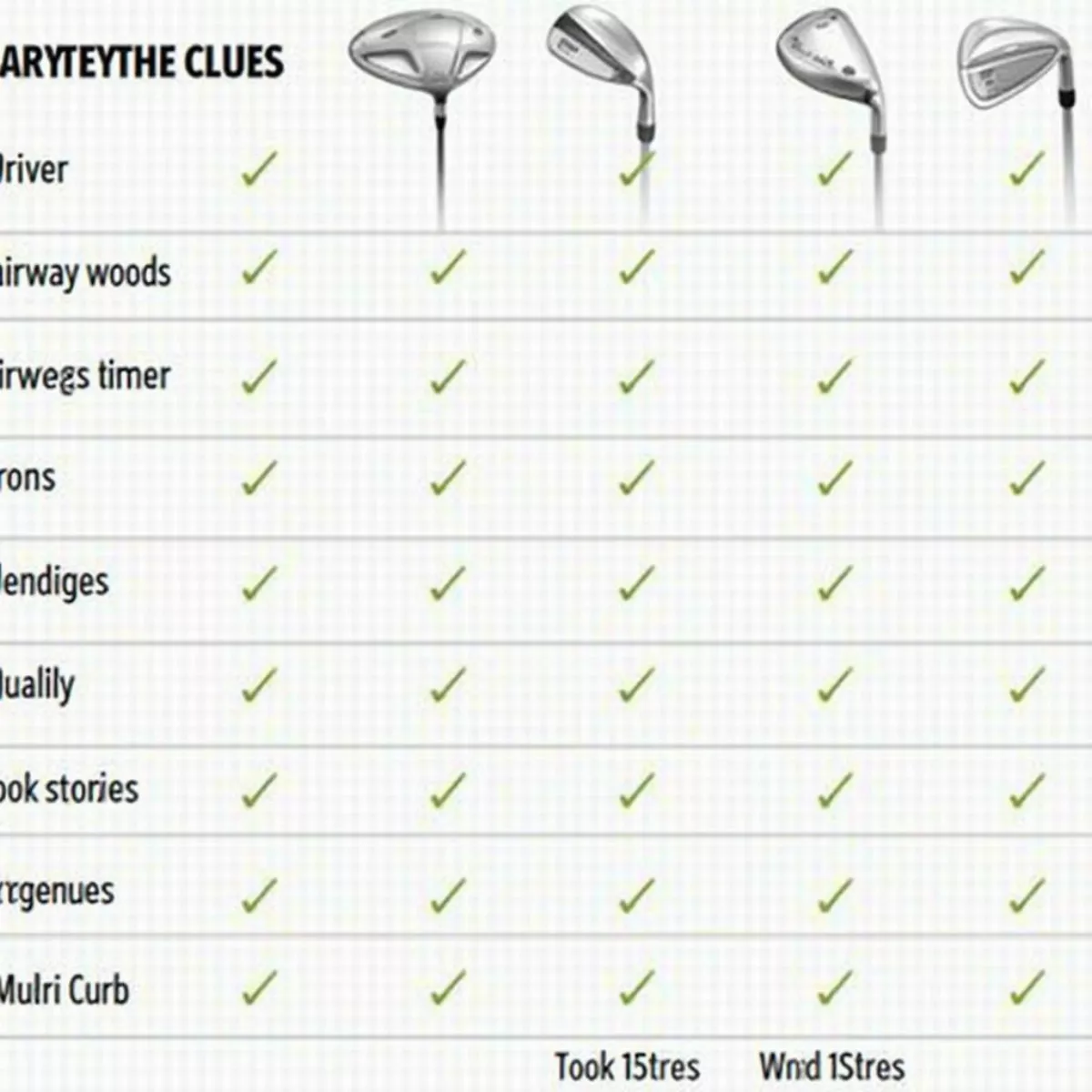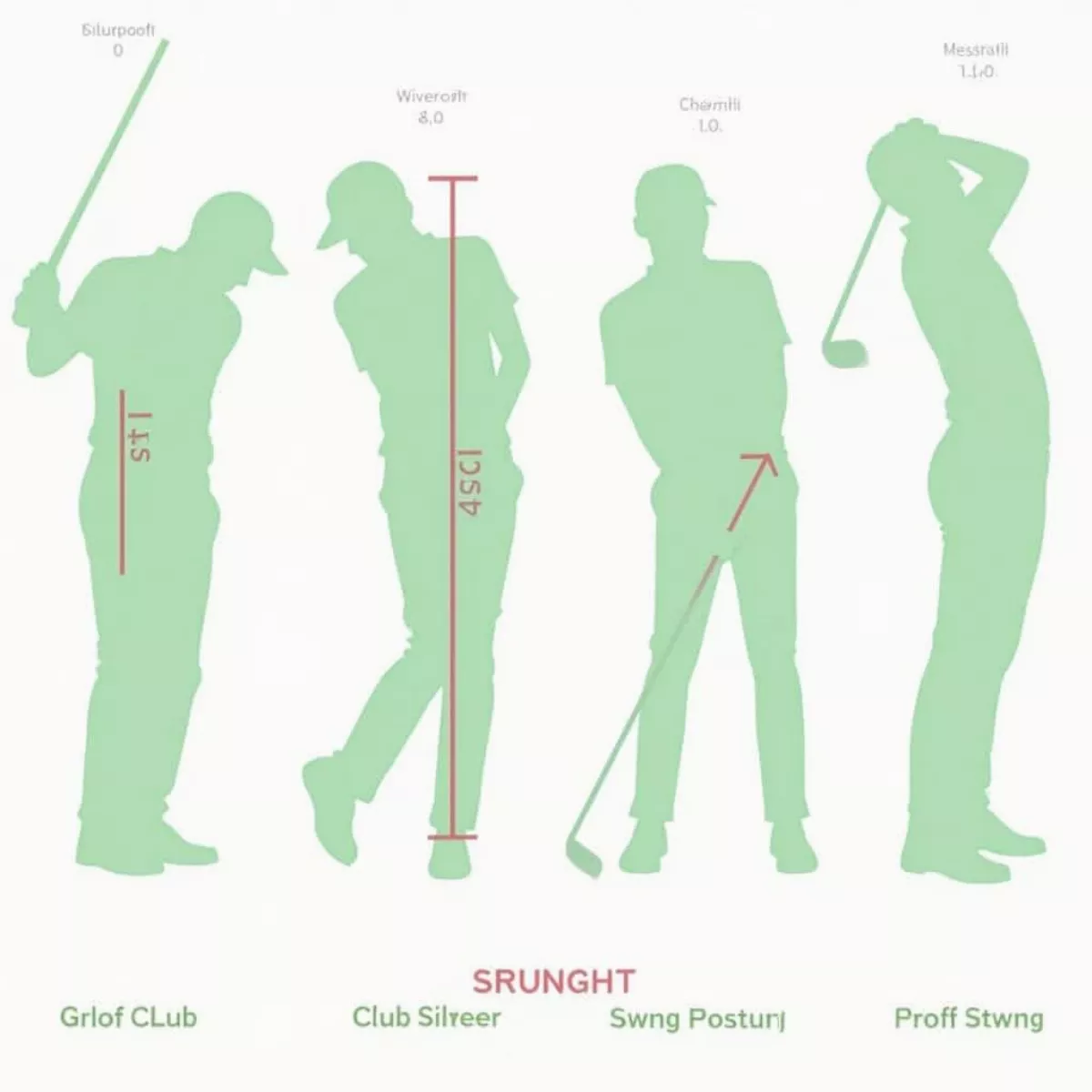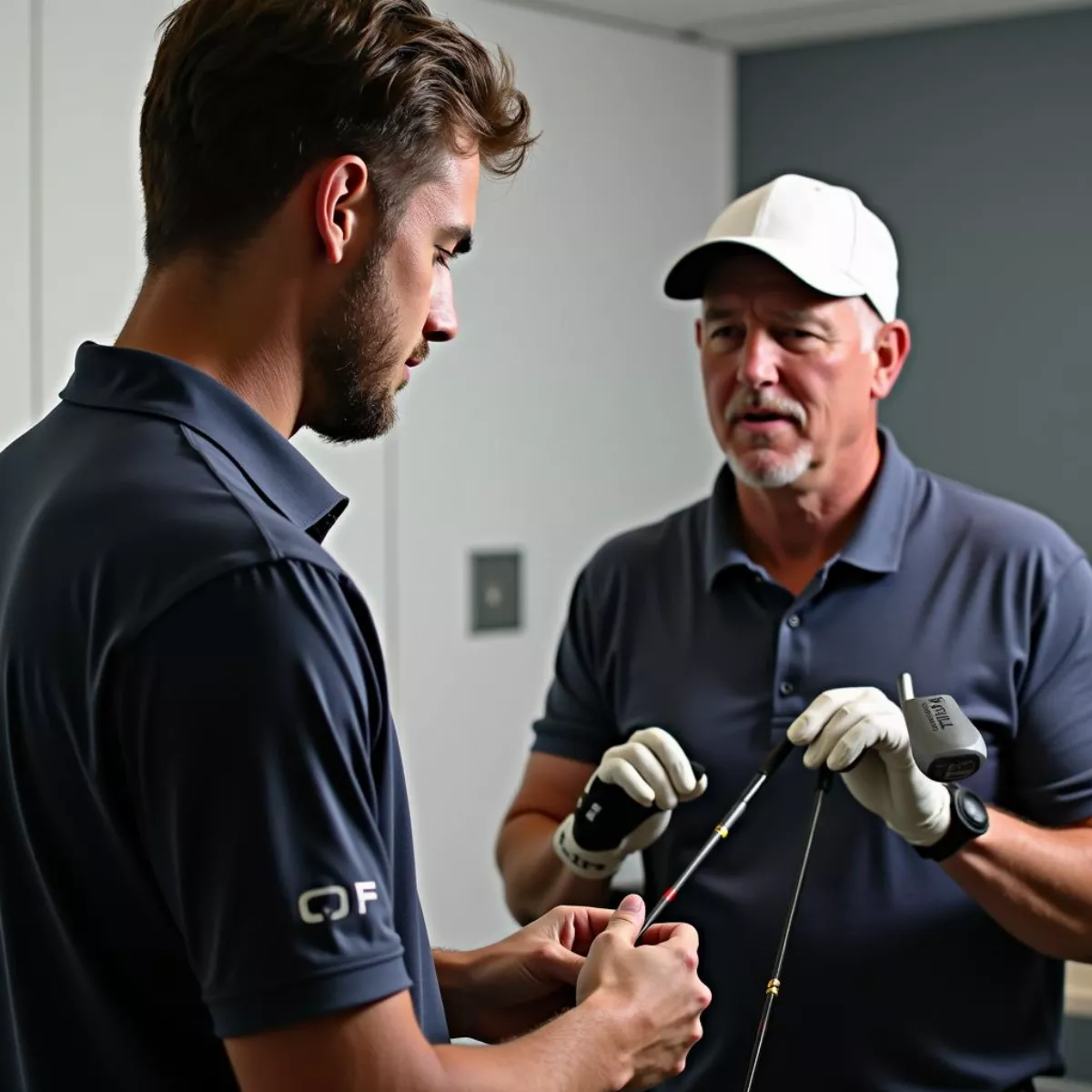Golf isn’t just a game; it’s a blend of precision, skill, and an appreciation for the outdoors. However, to truly excel on the golf course, one must understand the standard lengths of golf clubs. This seemingly straightforward aspect can significantly impact your swing, accuracy, and overall performance.
In this guide, we’ll delve deep into the topic, breaking down the standard lengths for various types of golf clubs, the factors that influence these lengths, and how to choose the right clubs for your game.
What Are the Standard Lengths of Golf Clubs?
When we talk about the standard length of a golf club, we refer to the predetermined measurements set by manufacturers, typically based on club types. Here’s a simple breakdown of standard lengths:
| Club Type | Standard Length (inches) |
|---|---|
| Driver | 45 to 46 |
| 3-Wood | 43 to 43.5 |
| 5-Wood | 42 to 42.5 |
| Irons (3-9) | 39 to 35 |
| Pitching Wedge | 35.5 |
| Sand Wedge | 35.25 |
| Lob Wedge | 35 |
| Putter | 33 to 36 |
Driver Length
Drivers are usually the longest clubs in your bag, with a standard length ranging between 45 to 46 inches. This extended length is designed to maximize distance off the tee. However, taller players or those with a more powerful swing might prefer a longer club.
Wood Lengths
Fairway woods like the 3-wood and 5-wood are slightly shorter than drivers, usually measuring 43 to 43.5 inches and 42 to 42.5 inches, respectively. This shorter length provides better control and accuracy, critical for making approach shots on long par 4s and 5s.
 Golf Club Types Comparison
Golf Club Types Comparison
Iron Lengths
Irons generally taper from 39 inches for the 3 iron down to 35 inches for the 9 iron. This decrease in length helps players manage their shots with greater precision as they approach the green.
Wedge Lengths
Wedges are crucial for short game performance. Standard lengths for pitching wedges, sand wedges, and lob wedges vary from 35.5 to 35 inches. The shorter lengths facilitate more control, which is vital for delicate shots around the greens.
Putter Length
Putters often range from 33 to 36 inches. The exact length depends on player preference, as putting involves a unique stance and swing. It’s essential to find the right length for comfort and effectiveness.
Factors Influencing Golf Club Length
Several factors should be considered when determining the appropriate golf club length for your game:
- Height: Taller golfers might benefit from longer clubs, while shorter golfers may need clubs that are shorter to improve comfort and accuracy.
- Posture: The way you stand while addressing the ball can affect the ideal length of your clubs. Your natural posture when setting up to hit the ball should guide your choice.
- Swing Type: A more upright swing may require slightly shorter clubs to maintain control and accuracy, while a flatter swing might warrant longer clubs for distance.
- Skill Level: Beginners may find standard lengths work best until they’ve established their playing style, while advanced players might customize their clubs for optimal performance.
 Golfer Posture and Swing Analysis
Golfer Posture and Swing Analysis
The Importance of Custom Fitting
Custom fitting is highly recommended, especially for golfers looking to maximize their performance. During fitting sessions, professionals can measure several aspects of your game, including:
- Swing speed
- Arm length
- Stance width
- Type of shots most frequently played
This information allows the fitting professional to recommend club lengths that perfectly match your playing style.
Benefits of Customization
- Increases consistency in ball striking
- Improves distance and accuracy
- Enhances overall enjoyment of the game
Learning More About Your Clubs
Understanding the standard lengths of golf clubs is just the beginning. To further improve your game and choose the best equipment, keep these tips in mind:
- Experiment: Don’t hesitate to try different club lengths when you’re at the driving range.
- Professional Lessons: Consider taking lessons from a local pro who can provide insights into how club length impacts your swing.
- Regular Assessments: Your swing may change over time, so consider reassessing your equipment every few years to see if your club lengths still suit you.
 Professional Golf Club Fitting Session
Professional Golf Club Fitting Session
Key Takeaways
- The standard length of a golf club varies among different types, affecting performance and comfort.
- Factors like height, posture, and swing type play a crucial role in determining the best club length for an individual.
- Custom fitting is highly recommended for golfers who want to maximize their performance on the course.
FAQ
-
What’s the standard length of a driver?
- The standard length for a driver is between 45 to 46 inches.
-
How does height influence golf club length?
- Taller golfers may require longer clubs for comfort, while shorter players might need shorter clubs for accuracy.
-
Can I alter the length of my golf clubs?
- Yes, you can have clubs shortened or lengthened by a professional fitter.
-
What is a custom fitting, and do I need one?
- Custom fitting is a professional service that tailors clubs to match your specifications. It’s highly beneficial, especially for serious golfers.
-
Do different brands have different standard lengths?
- Yes, while most manufacturers stick to general standards, there can be slight variations among brands.
-
What is the ideal putter length?
- Putter lengths typically range from 33 to 36 inches, depending on the player’s posture and preference.
-
How often should I get my clubs fitted?
- It’s recommended to reassess your club lengths every few years or after significant changes in your playing style or ability.
-
What’s the best way to find my ideal club length?
- Visiting a professional club fitter is the best way to determine the ideal length, as they can assess your unique playing style.
-
Why are wedges shorter than irons?
- Wedges are designed for precision shots around the greens, requiring a shorter length for greater control.
-
Can I use a standard length club if I’m shorter or taller?
- While you can use standard length clubs, customization based on your height and swing may lead to better performance.
By understanding the standard lengths of golf clubs and how they impact your game, you’ll be better equipped to choose the right equipment and elevate your golfing experience. Don’t hesitate to explore custom fittings and professional advice — it’s an investment in your game!
For further reading on improving your swing or enhancing precision in your game, check out our articles on Golf Swing Mechanics and Choosing the Right Golf Equipment. Happy golfing!

